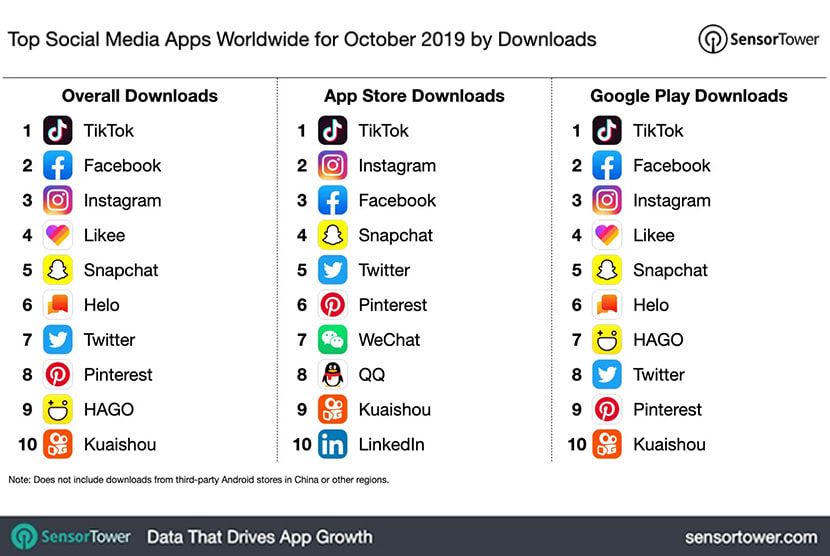
Social networks have almost accomplished their mission. They have connected nearly the entire world, and provided us with the easiest and best ever mutual communication experience. With the posting of statuses, browsing through photos, and editing silly videos with filters, our privacy and the safety of our data have been relegated to the background. At the same time, technology has advanced significantly faster than any awareness, or indeed a moral or political framework regarding the meaning of social networks in a digital society. Still, that is changing and we expect the traditional social networks (which, in our opinion, include Facebook, Twitter, Instagram, and Linkedin) to use 2020 to win back the trust of their users. This primarily concerns Facebook and it will be interesting to see how they will try to secure the satisfaction of their users and advertisers, and resist the attempts by the politics to enforce stricter regulation.
Even though we will be closely monitoring the developments around the whole “Facebook situation”, the fact is that they have not been trendsetters for a while now, which is why we have decided to leave them out of the list of trends we expect in 2020 and primarily relating to our market. We have opted to mention things that are still being quietly talked about, but just might mark the coming year.
Tik Tok - social media made in China

Just glancing briefly over the lists of the most downloaded apps is enough. Tik Tok exploded in 2019, clocking up an admirable number of users – as many as 500 million of them. Plus, 41 percent of them are in the 16-24 age bracket (source). After conquering Asia, the trend then crossed over to North America and Europe. Tik Tok’s expansion, however, has a geopolitical element to it; its owners are Chinese, and there are special versions of Tik Tok for the Chinese and global market. The Americans are no longer the absolute rulers of the world of social networks. There are many examples of Tik Tok’s marketing power; perhaps the best example is the US-based Chipotle, as they were among the first companies to carry out a serious campaign via Tik Tok. Let’s just say that they succeeded in selling over 200,000 kilos of avocado, and add that it is worth your while to see how they did it here.
LinkedIn - employers are not choosing employees, employees are choosing their employers
This year, you probably attended at least one conference, where someone mentioned the phrase “employer branding”. Highly-skilled employees are few and far between, and employers are fighting to get these people to choose their company to continue their careers. That is why we have “employer branding”, and why the phrase will be present throughout the year 2020. Apart from a company’s regular communication channels, there is only one specialized channel among social networks where companies can achieve good communication – LinkedIn. We are already seeing a trend of more frequent, better communication on LinkedIn, and this is bound to go even further in 2020. At the same time, we have started noticing the emergence of business influencers – people who act as company ambassadors, as well as final authorities and opinion makers in their industries. Perhaps the time has come for you to spruce up your profiles.
Social data - information is the oil of the 21st century, and analitics is the combustion engine
Analytics is progressing, and today we have better data at our disposal than ever before. Good decisions are informed by good interpretation of the data available. As for social networks, we have an ever growing set of options to send our message and adapt it to each channel. Successful social network campaigns are now a synergy of creative input, good community building and efficient performance. Good measurement of the relevant data will give us an even better foundation for a faster and improved optimization of each campaign, which will in turn yield even better-quality results. In 2020, we expect to gain better insight into campaign success and user behavior.


